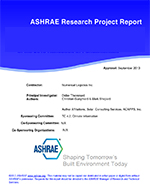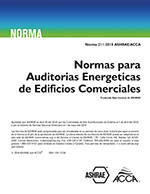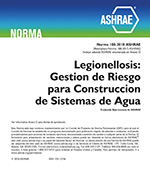Description
Approximately 20% of fruit and vegetable production is lost annually due to post-harvest spoilage. Technologies exist that reduce the spoilage during transport and storage, such as ethylene-permeable bags and controlled environment crispers. Although methods exist for controlling environmental conditions to a closer tolerance, these are currently cost-prohibitive. This research focused on the direct relationship between produce spoilage and tightly controlled humidity and temperature settings, with the goal of generating new information capable of driving innovation in the field. The objectives of this research were to store a model fresh fruit (strawberries) and a vegetable (romaine lettuce) in an environmental chamber capable of maintaining and reporting specified humidity and temperature conditions, and quantifying spoilage effects at various temperature and humidity levels. Ultimately, the goal is to provide the industry with a better understanding of the intersection between controllable food storage conditions, microbial spoilage, and food safety. Nine spoilage tests were completed at 7°C, 5°C and 3°C at relative humidities of 95%, 75% and 50% (see Figure 1). The overall results can be seen in Table 2 and the summary is as follows:
Romaine lettuce heads lasted the longest, and stayed the freshest at high humidity (~95%), with temperature having a lesser impact. If humidity control is not possible, aseptically separating leaves and storing them individually in sterile, sealable bags will enhance organoleptic quality at low temperatures (~3°C), although this is probably not possible in practice.
Strawberries stored at low temperature and humidity (~3°C and ~50%) resisted molding the longest, and lost firmness after 1-2 weeks. To balance the preservation of freshness and firmness, storage at low temperature and high humidity (~3°C and ~95%) was found to be ideal. Initial microbial count had important impacts on mold growth rate. Either high mold inoculum or metabiotic interactions between spoilage bacteria and molds may be responsible for these effects.
Product Details
- Number of Pages:
- 167
- File Size:
- 1 file , 6.9 MB
- Product Code(s):
- D-RP-1320




